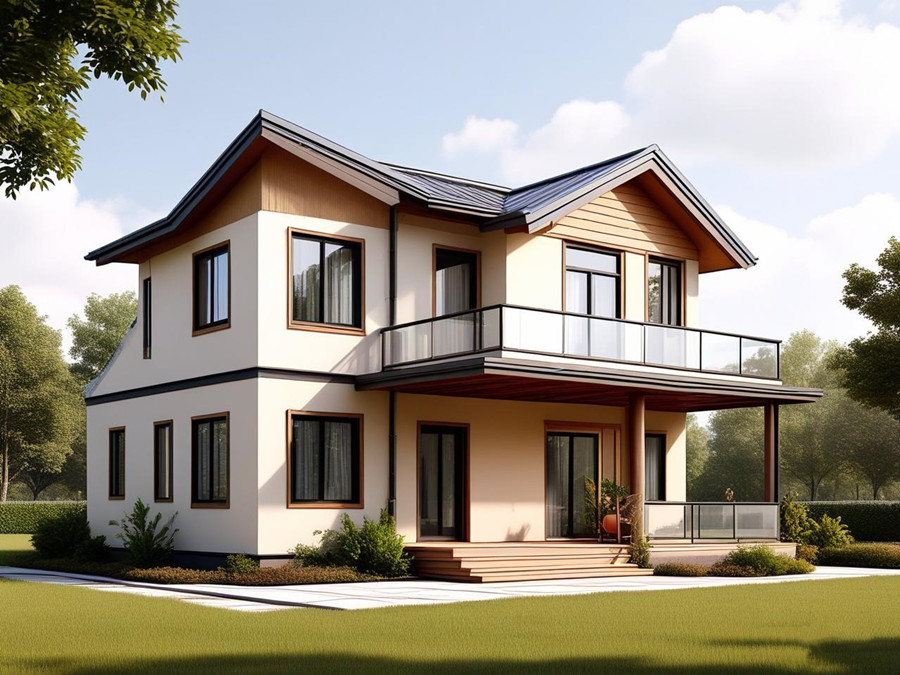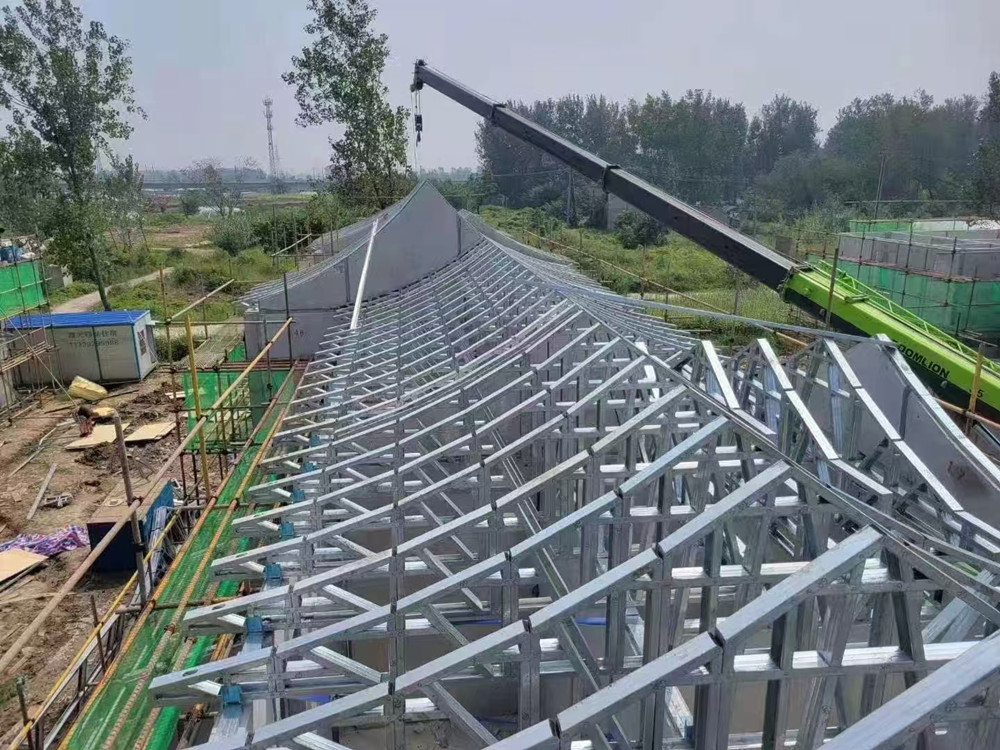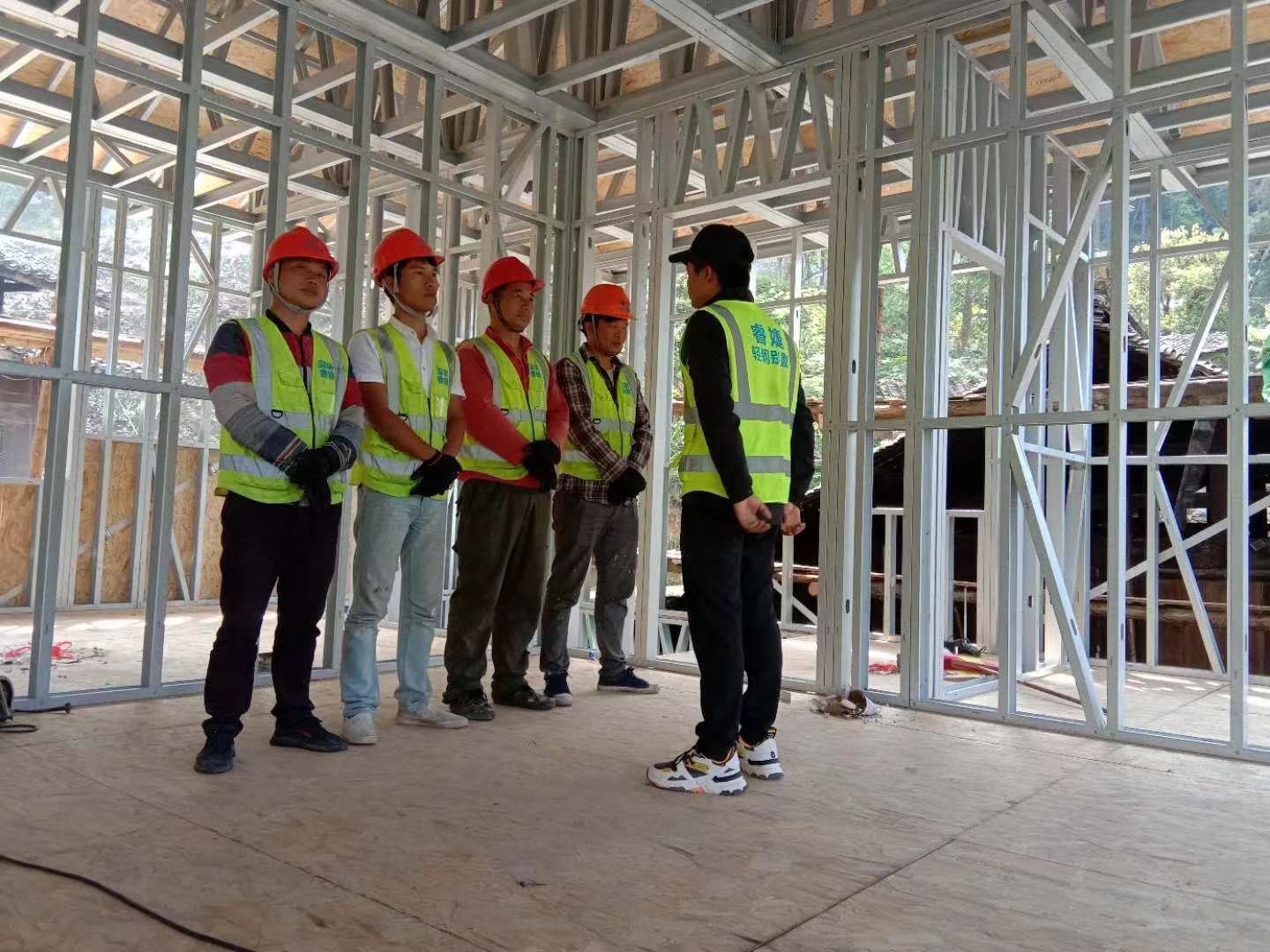Light steel frame (LSF) houses are revolutionizing construction globally, but are they viable in Australia? With extreme weather, bushfire risks, and sustainability priorities, Australia demands resilient building solutions. This article explores why LSF homes are not just suitable but increasingly popular across the continent.

1. Why Light Steel Frame Houses Thrive in Australia
A. Climate Resilience
- Bushfire Resistance: Steel frames meet BAL-40 (Bushfire Attack Level) standards, critical for fire-prone regions like Victoria and NSW.
- Cyclone & Wind Resistance: Engineered to withstand winds up to 250 km/h (common in Queensland and Northern Australia).
- Termite-Proof: Unlike timber, steel is immune to pests, reducing long-term maintenance costs.
B. Speed & Precision
- Prefabricated components cut construction time by 30–50% compared to traditional methods—ideal for remote areas or urban infill projects.
2. Compliance with Australian Building Codes
LSF homes align with the National Construction Code (NCC) and key standards:
- AS/NZS 4600: Governs cold-formed steel structures.
- Energy Efficiency: Steel frames support high-performance insulation (e.g., Bradford Gold), achieving 6–7 Star NatHERS ratings.
- Council Approvals: Pre-engineered designs simplify approvals in states like WA and SA.
Pro Tip: Always work with certified builders(e.g., members of the Australian Steel Institute) to ensure compliance.

3. Cost Efficiency & Long-Term Value
- Upfront Costs: 10–15% higher than timber, but offsets include:
- Lower labor expenses (faster assembly).
- Reduced waste (precision manufacturing).
- Lifetime Savings: Minimal maintenance, no rot/termite damage, and 50+ year lifespan.
Case Study: A Melbourne-based developer reported 20% lower project costs using LSF for a 50-unit eco-residence.

Ruijie Light Steel Villa Construction Team
4. Sustainability: Aligning with Australia’s Green Goals
- Recyclability: 90% of steel is recycled, reducing landfill waste (BlueScope Steel’s initiatives support circular economy goals).
- Carbon Reduction: LSF production emits 30% less CO₂ than concrete. Pair with solar panels for net-zero homes.
- Government Incentives: Eligible for grants under the Climate Active program or state-level schemes (e.g., NSW’s Sustainable Housing).
5. Design Flexibility & Aesthetic Appeal
- Modern Architecture: Clean lines, open-plan layouts, and compatibility with glass, brick, or composite cladding.
- Customization: Ideal for sloping blocks, coastal homes (corrosion-resistant coatings), or modular expansions.
Conclusion: Is a Light Steel Frame House Right for You?
Light steel frame homes are a future-proof choice for Australia, combining durability, sustainability, and compliance. With leaders like BlueScope Steel advancing fire-resistant and low-carbon solutions, LSF is set to dominate suburban and regional markets.